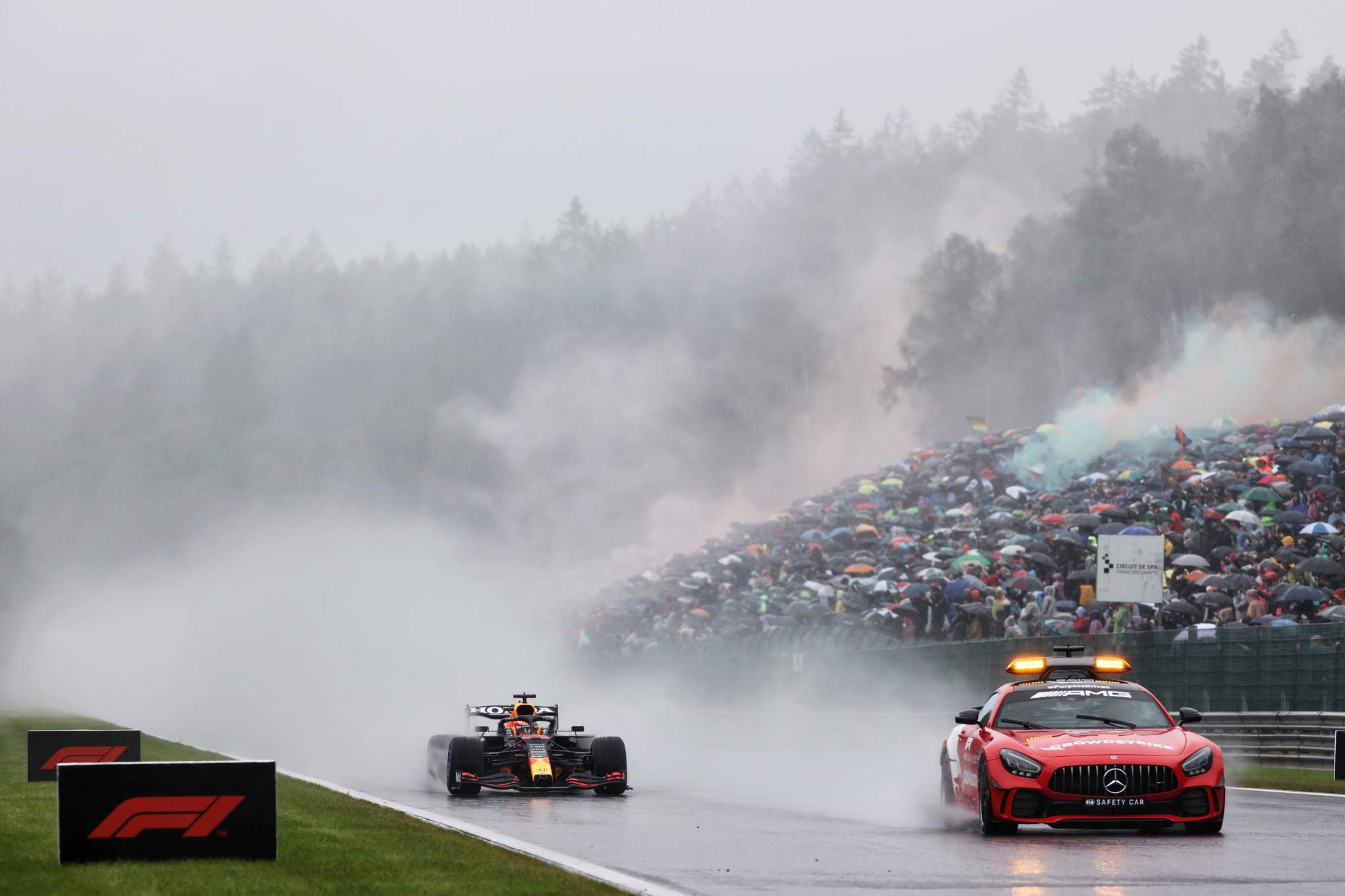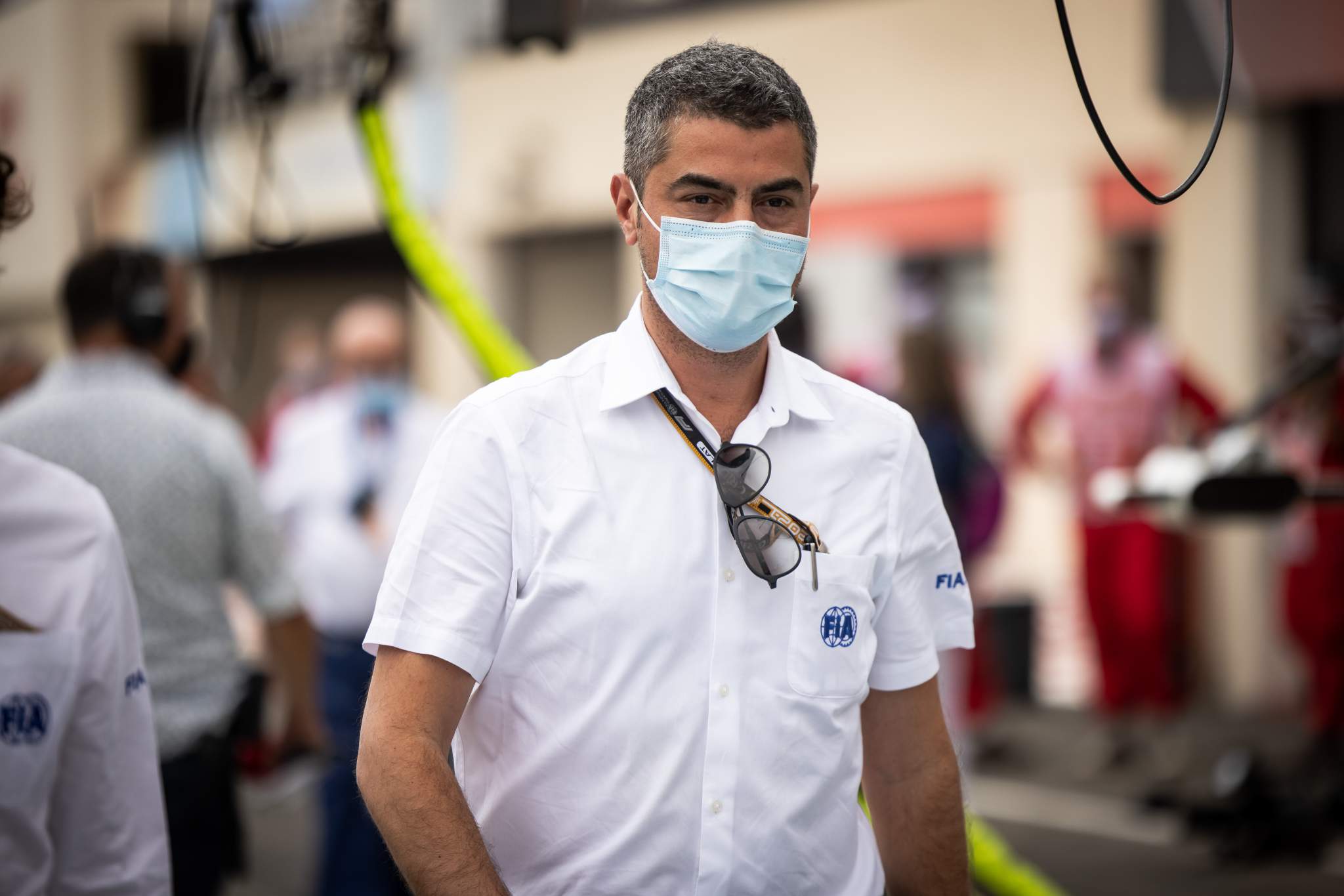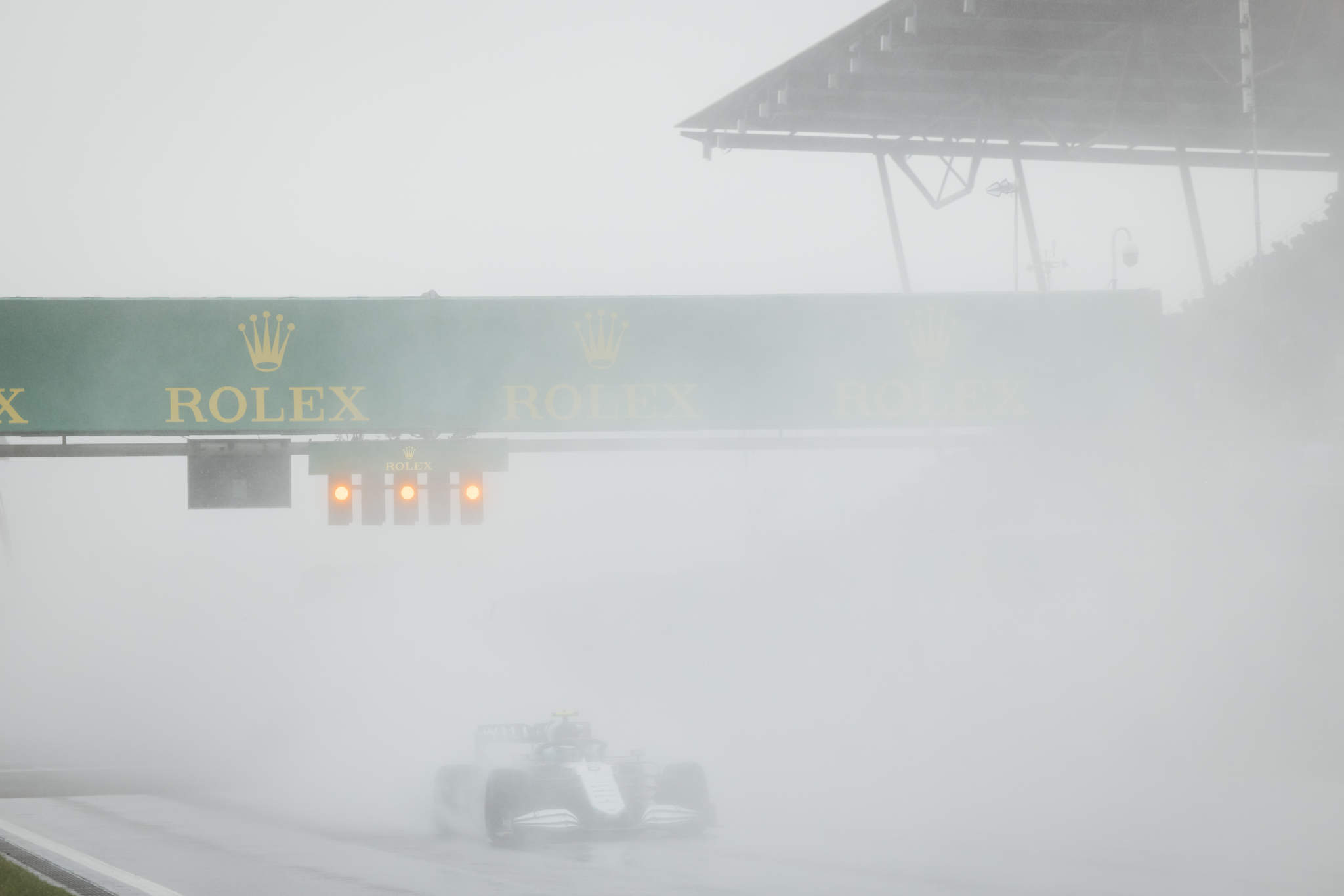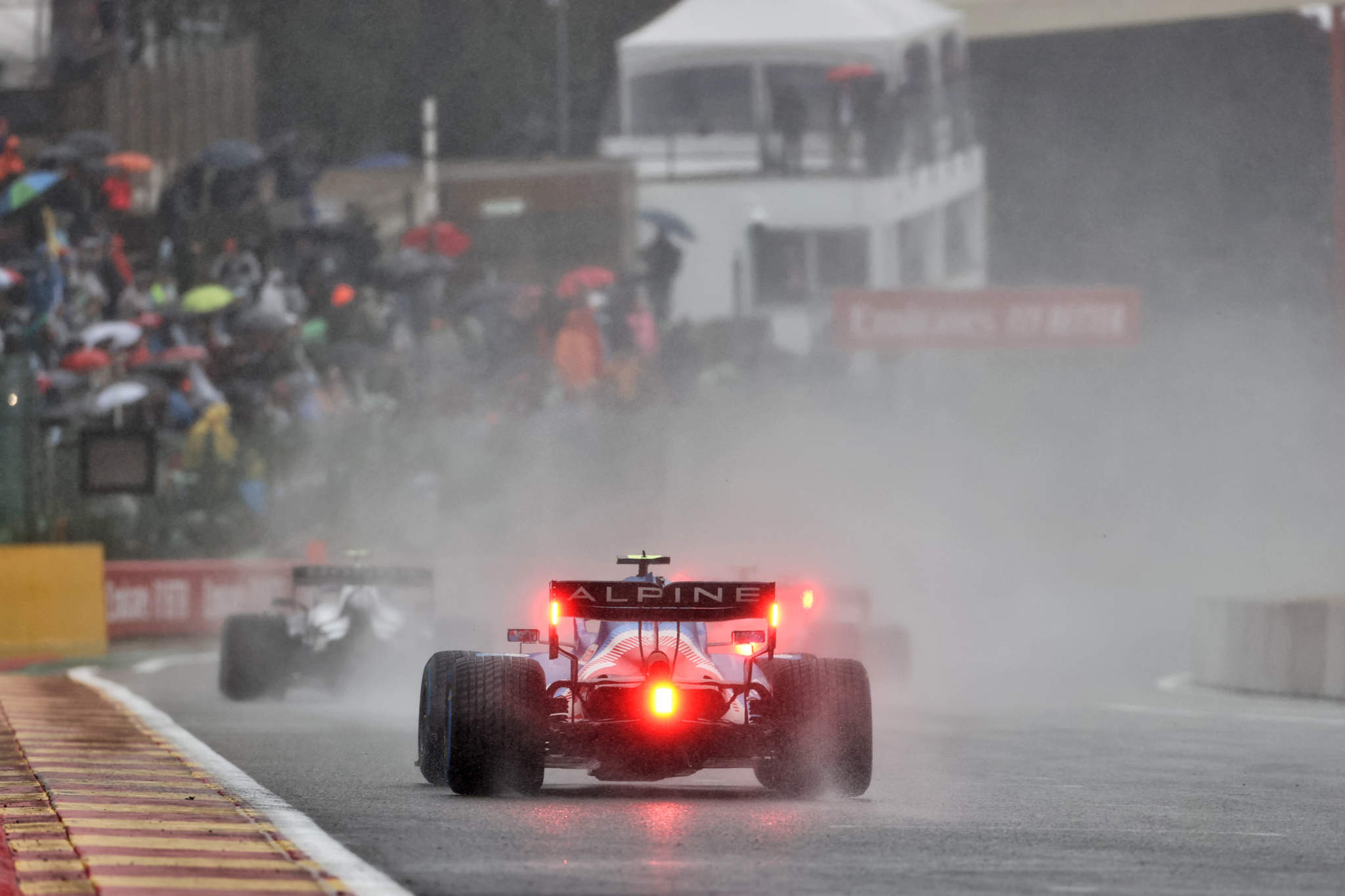Up Next

FIA race director Michael Masi’s handling of the Belgian Grand Prix was influenced by “amazing feedback” from drivers after qualifying when Lando Norris crashed in poor conditions.
No green-flag running occurred on a peculiar Sunday for F1 and it was widely agreed that the correct decision had been made even though other elements were shrouded in controversy and confusion.
The opposite had been true 24 hours previously when the decision to run the final part of qualifying with track conditions at their worst after constant rain was criticised by Sebastian Vettel and others.
Vettel and Norris had both declared over the radio that the session should be red-flagged moments before Norris had a huge accident at Eau Rouge.
Four-time world champion and Grand Prix Drivers Association director Vettel said Masi was “not proud of what happened”, with the accident requiring Norris to go to hospital for an elbow X-ray.
The following day the Belgian GP was a miserable affair as ongoing rain prompted several start delays, hours with the race suspended and no racing laps – with the result controversially declared after only three laps completed behind the safety car.
While the rules that facilitate the awarding of half-points because of that brief safety car running were heavily criticised post-race, many felt it was correct not to let the drivers race.

Masi admitted that with the experience of what the conditions were like when Q3 originally began on Saturday, he would not start the session in those circumstances again.
“Based on what they told me, and having experienced the conditions at this circuit, and all the rest of it, we probably wouldn’t have started,” he said.
“But that’s also a benefit of hindsight with them having driven on this circuit in those conditions.
“Because each circuit is a bit different to the way the water comes off, and the way the tyre reacts.”

That informed how Masi judged what conditions would be suitable on Sunday.
The race was due to begin at 3pm local time but the start was delayed several times before the formation lap finally began at 3.25pm behind the safety car.
Masi suspended the start procedure during the second lap behind the safety car and then red-flagged the race before it had officially begun.
A delay of nearly three hours followed before the final restart that comprised the three controversial safety car laps – enough for a result to be declared and half-points to be awarded.
Masi said qualifying had given the drivers ”a good reference” and ”they gave me some amazing feedback on what can and can’t happen, which obviously helped my process for the race”.

“All who I spoke to or bumped into were very willing to say these are the windows of what we can and can’t do, which was extremely helpful,” he said.
“It’s what we’ve always done. It’s for the drivers to give us feedback over the radio, and we did that in Hockenheim 2019, we did that for Turkey 2020, wherever.
“It’s live feedback from them at that point in time on what they can and can’t cope with based on the particular circuit.”
Norris said the track was actually wetter at the start of Q3 then on Sunday but the issue for the race less the risk of aquaplaning and more a matter of visibility.
“If you’re not in first place you are going to have a big crash because you can’t see where you are going,” he said.

“A lot of people don’t understand when you are seeing onboards how bad it is as a driver, with all the water coming on your screen and the amount of spray you get.
“These flashing lights which are meant to be so bright and whatever, you can’t see them unless you are five, 10 metres out and if he started going slowly or spinning or crashing, you’re not going to know he’s there until you’ve smashed into him.
“You have no chance of driving like that.”
Vettel also said the ”right decision” had been made on Sunday, saying he was struggling to see where the car ahead was during those few laps behind the safety car.
Asked by The Race how quickly he felt the track wasn’t ready, Vettel said: ”I’m just trying to read the conditions, feed back what I think.
“It was the same the second time we went out as the first time.
“There was more rain coming when we went out, I could feel that as well.
“The priority is always that we’re safe.
“Nobody wants anybody to get hurt, we don’t want to get hurt in the car and we don’t want any spectators to get hurt.
“That’s always priority number one. Probably not a popular decision but the right decision for the conditions that we had.”








